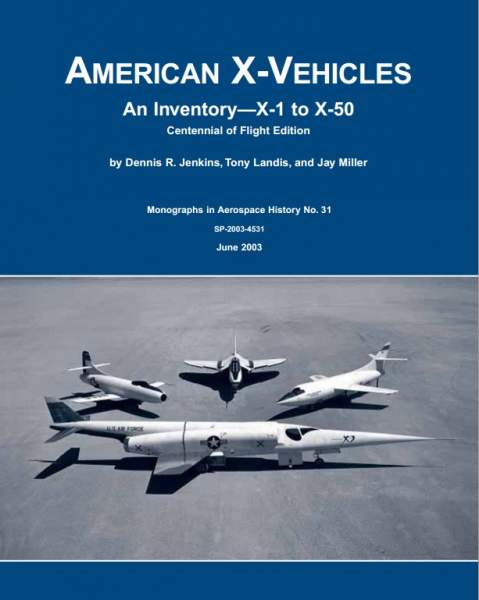|
|
马上注册,结交更多好友,享用更多功能,让你轻松玩转社区。
您需要 登录 才可以下载或查看,没有账号?立即注册

×
NASA_X战机计划:从X-1到X-55【American X-vehicles: an inventory— X-1 to X-50】
For a while, it seemed the series of experimental aircraft sponsored by the U. S. government had run its course. Between the late 1940s and the late 1970s, almost thirty designations had been allocated to aircraft meant to explore new flight regimes or untried technologies. Then, largely, it ended. But there was a resurgence in the mid- to late-1990s, and as we enter the fourth year of the new millennia, the designations are up to X-50.
Many have a misconception that X-vehicles have always explored the high-speed and high-altitude flight regimes— something popularized by Chuck Yeager in the original X-1 and the exploits of the twelve men that flew the X-15. Although these flight regimes have always been in the spotlight, many others have been explored by X-vehicles. The little Bensen X-25 never exceeded 85 mph, and others were limited to speeds of several hundred mph.
There has been some criticism that the use of X designations has been corrupted somewhat by including what are essentially prototypes of future operational aircraft, especially the two JSF demonstrators. But this is not new—the X-11 and X-12 from the 1950s were going to be prototypes of the Atlas intercontinental ballistic missile, and the still-born Lockheed X-27 was always intended as a prototype of a production aircraft. So although this practice does not represent the best use of “X” designations, it is not without precedent.
NASA X战机计划:从X-1到X-55

资料下载:地址
|
|
![]()